Quick filters:
Chinese restaurant 1930s Stock Photos and Images
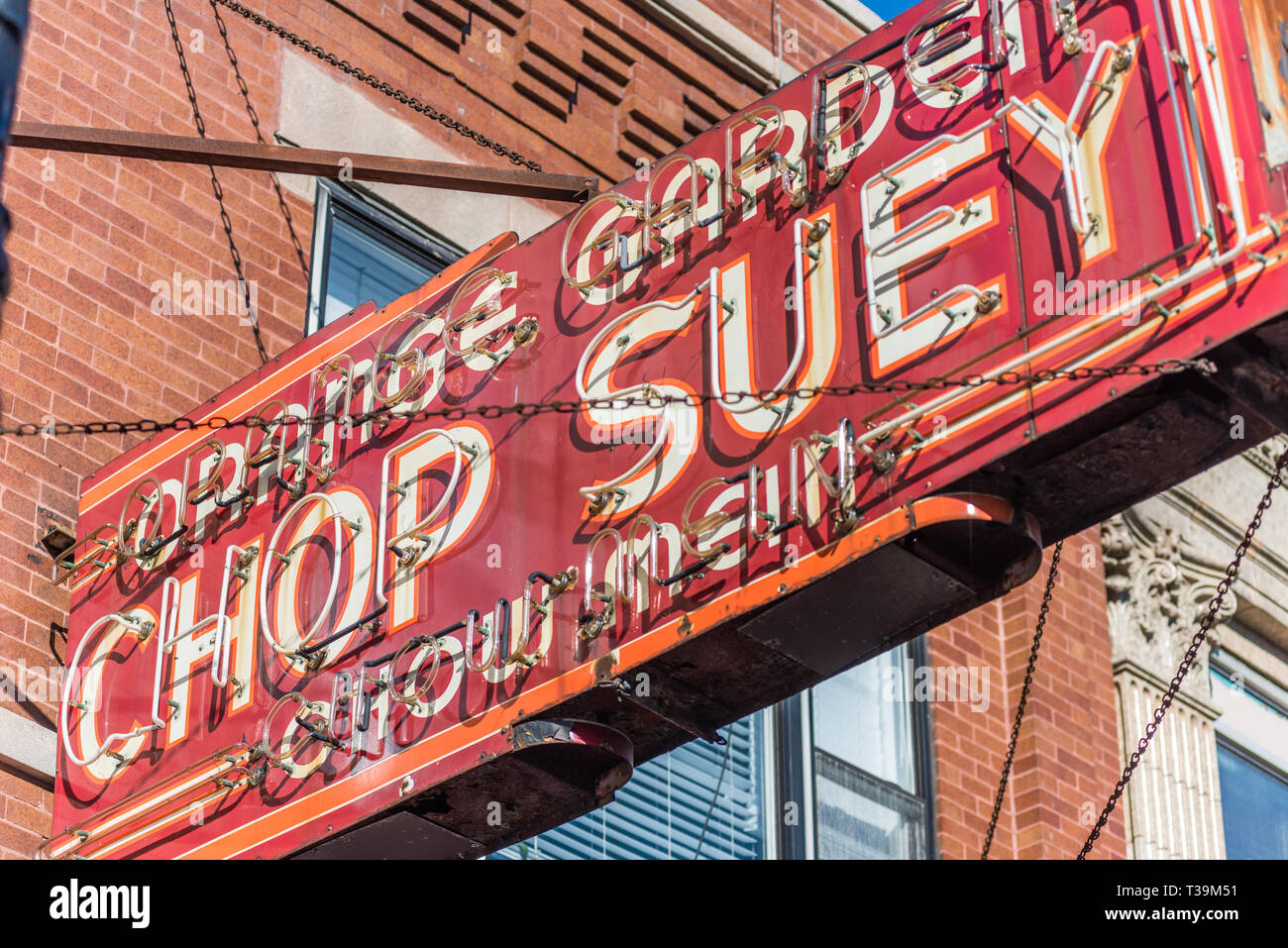 Exterior of Orange Garden, Chinese restaurant with vintage sign and facade Stock Photohttps://www.alamy.com/image-license-details/?v=1https://www.alamy.com/exterior-of-orange-garden-chinese-restaurant-with-vintage-sign-and-facade-image243002509.html
Exterior of Orange Garden, Chinese restaurant with vintage sign and facade Stock Photohttps://www.alamy.com/image-license-details/?v=1https://www.alamy.com/exterior-of-orange-garden-chinese-restaurant-with-vintage-sign-and-facade-image243002509.htmlRMT39M51–Exterior of Orange Garden, Chinese restaurant with vintage sign and facade
 Pitt Street birthplace of LiverpoolÕs Chinese community, the destination for seamen from all over the world. To the people who lived and grew up there, this was ÔworldÕs end.Õ Pitt Street was the place to go, bustling with shops and cafes all within easy reach of the docks. Our Picture Shows Kwong Shang Lung one of the cityÕs earliest grocers to specialise in Chinese food. 20 November 1937 Stock Photohttps://www.alamy.com/image-license-details/?v=1https://www.alamy.com/stock-photo-pitt-street-birthplace-of-liverpools-chinese-community-the-destination-82418605.html
Pitt Street birthplace of LiverpoolÕs Chinese community, the destination for seamen from all over the world. To the people who lived and grew up there, this was ÔworldÕs end.Õ Pitt Street was the place to go, bustling with shops and cafes all within easy reach of the docks. Our Picture Shows Kwong Shang Lung one of the cityÕs earliest grocers to specialise in Chinese food. 20 November 1937 Stock Photohttps://www.alamy.com/image-license-details/?v=1https://www.alamy.com/stock-photo-pitt-street-birthplace-of-liverpools-chinese-community-the-destination-82418605.htmlRMEP2DNH–Pitt Street birthplace of LiverpoolÕs Chinese community, the destination for seamen from all over the world. To the people who lived and grew up there, this was ÔworldÕs end.Õ Pitt Street was the place to go, bustling with shops and cafes all within easy reach of the docks. Our Picture Shows Kwong Shang Lung one of the cityÕs earliest grocers to specialise in Chinese food. 20 November 1937
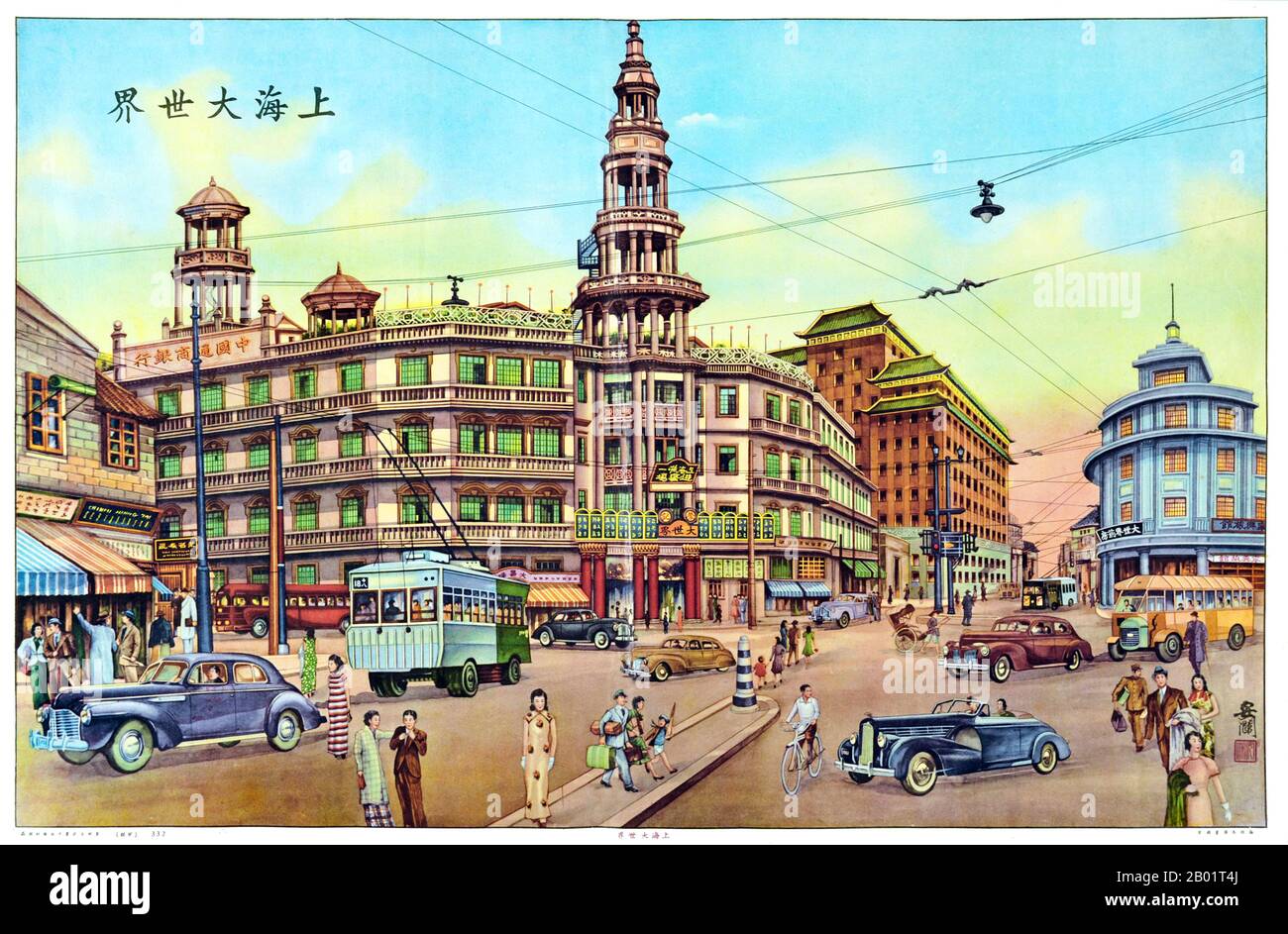 China: Shanghai's Da Shijie or Great World entertainment centre. Postcard, 1930s. Shanghai’s best-known and largest entertainment complex, Dashijie – the ‘Great World’ – was a six storey building at the junction of today’s Yan’an Donglu and Xijang Nanlu. According to a contemporary account, the first floor was dedicated to gambling and sing-song girls in dresses slit to the thigh, the second to restaurants and actors, the third to ‘a bevy of girls in high-collared gowns slit to reveal their hips’, the fourth to more gambling tables and massage services. Stock Photohttps://www.alamy.com/image-license-details/?v=1https://www.alamy.com/china-shanghais-da-shijie-or-great-world-entertainment-centre-postcard-1930s-shanghais-best-known-and-largest-entertainment-complex-dashijie-the-great-world-was-a-six-storey-building-at-the-junction-of-todays-yanan-donglu-and-xijang-nanlu-according-to-a-contemporary-account-the-first-floor-was-dedicated-to-gambling-and-sing-song-girls-in-dresses-slit-to-the-thigh-the-second-to-restaurants-and-actors-the-third-to-a-bevy-of-girls-in-high-collared-gowns-slit-to-reveal-their-hips-the-fourth-to-more-gambling-tables-and-massage-services-image344248258.html
China: Shanghai's Da Shijie or Great World entertainment centre. Postcard, 1930s. Shanghai’s best-known and largest entertainment complex, Dashijie – the ‘Great World’ – was a six storey building at the junction of today’s Yan’an Donglu and Xijang Nanlu. According to a contemporary account, the first floor was dedicated to gambling and sing-song girls in dresses slit to the thigh, the second to restaurants and actors, the third to ‘a bevy of girls in high-collared gowns slit to reveal their hips’, the fourth to more gambling tables and massage services. Stock Photohttps://www.alamy.com/image-license-details/?v=1https://www.alamy.com/china-shanghais-da-shijie-or-great-world-entertainment-centre-postcard-1930s-shanghais-best-known-and-largest-entertainment-complex-dashijie-the-great-world-was-a-six-storey-building-at-the-junction-of-todays-yanan-donglu-and-xijang-nanlu-according-to-a-contemporary-account-the-first-floor-was-dedicated-to-gambling-and-sing-song-girls-in-dresses-slit-to-the-thigh-the-second-to-restaurants-and-actors-the-third-to-a-bevy-of-girls-in-high-collared-gowns-slit-to-reveal-their-hips-the-fourth-to-more-gambling-tables-and-massage-services-image344248258.htmlRM2B01T4J–China: Shanghai's Da Shijie or Great World entertainment centre. Postcard, 1930s. Shanghai’s best-known and largest entertainment complex, Dashijie – the ‘Great World’ – was a six storey building at the junction of today’s Yan’an Donglu and Xijang Nanlu. According to a contemporary account, the first floor was dedicated to gambling and sing-song girls in dresses slit to the thigh, the second to restaurants and actors, the third to ‘a bevy of girls in high-collared gowns slit to reveal their hips’, the fourth to more gambling tables and massage services.
 Bamboo Terrace, Pender Street, Vancouver, B.C. ca. 1930s Credit: UBC Library Stock Photohttps://www.alamy.com/image-license-details/?v=1https://www.alamy.com/bamboo-terrace-pender-street-vancouver-bc-ca-1930s-credit-ubc-library-image330490096.html
Bamboo Terrace, Pender Street, Vancouver, B.C. ca. 1930s Credit: UBC Library Stock Photohttps://www.alamy.com/image-license-details/?v=1https://www.alamy.com/bamboo-terrace-pender-street-vancouver-bc-ca-1930s-credit-ubc-library-image330490096.htmlRM2A5K3DM–Bamboo Terrace, Pender Street, Vancouver, B.C. ca. 1930s Credit: UBC Library
 Photograph of Prince Albert PH, Aveley, Essex. The main side of the print (shown here) depicts: Right face on view of the pub. The back of the print (available on request) details: Trading Record 1928 . 1931 for the Prince Albert, Aveley, Essex RM15 4BB. As of July 2018 . Converted to a Chinese Restaurant . Ming Long Stock Photohttps://www.alamy.com/image-license-details/?v=1https://www.alamy.com/photograph-of-prince-albert-ph-aveley-essex-the-main-side-of-the-print-shown-here-depicts-right-face-on-view-of-the-pub-the-back-of-the-print-available-on-request-details-trading-record-1928-1931-for-the-prince-albert-aveley-essex-rm15-4bb-as-of-july-2018-converted-to-a-chinese-restaurant-ming-long-image504861564.html
Photograph of Prince Albert PH, Aveley, Essex. The main side of the print (shown here) depicts: Right face on view of the pub. The back of the print (available on request) details: Trading Record 1928 . 1931 for the Prince Albert, Aveley, Essex RM15 4BB. As of July 2018 . Converted to a Chinese Restaurant . Ming Long Stock Photohttps://www.alamy.com/image-license-details/?v=1https://www.alamy.com/photograph-of-prince-albert-ph-aveley-essex-the-main-side-of-the-print-shown-here-depicts-right-face-on-view-of-the-pub-the-back-of-the-print-available-on-request-details-trading-record-1928-1931-for-the-prince-albert-aveley-essex-rm15-4bb-as-of-july-2018-converted-to-a-chinese-restaurant-ming-long-image504861564.htmlRM2M9AC24–Photograph of Prince Albert PH, Aveley, Essex. The main side of the print (shown here) depicts: Right face on view of the pub. The back of the print (available on request) details: Trading Record 1928 . 1931 for the Prince Albert, Aveley, Essex RM15 4BB. As of July 2018 . Converted to a Chinese Restaurant . Ming Long
 JAMES CAGNEY and PAT O'BRIEN at an unidentified Ruby Foo's Chinese Restaurant possibly in New York in late 1938 or early 1939 Stock Photohttps://www.alamy.com/image-license-details/?v=1https://www.alamy.com/james-cagney-and-pat-obrien-at-an-unidentified-ruby-foos-chinese-restaurant-possibly-in-new-york-in-late-1938-or-early-1939-image467425259.html
JAMES CAGNEY and PAT O'BRIEN at an unidentified Ruby Foo's Chinese Restaurant possibly in New York in late 1938 or early 1939 Stock Photohttps://www.alamy.com/image-license-details/?v=1https://www.alamy.com/james-cagney-and-pat-obrien-at-an-unidentified-ruby-foos-chinese-restaurant-possibly-in-new-york-in-late-1938-or-early-1939-image467425259.htmlRM2J4D1K7–JAMES CAGNEY and PAT O'BRIEN at an unidentified Ruby Foo's Chinese Restaurant possibly in New York in late 1938 or early 1939
 Photograph of Prince Albert PH, Aveley, Essex. The main side of the print (shown here) depicts: Right face on view of the pub. The back of the print (available on request) details: Trading Record 1929 . 1962 for the Prince Albert, Aveley, Essex RM15 4BB. As of July 2018 . Converted to a Chinese Restaurant . Ming Long Stock Photohttps://www.alamy.com/image-license-details/?v=1https://www.alamy.com/photograph-of-prince-albert-ph-aveley-essex-the-main-side-of-the-print-shown-here-depicts-right-face-on-view-of-the-pub-the-back-of-the-print-available-on-request-details-trading-record-1929-1962-for-the-prince-albert-aveley-essex-rm15-4bb-as-of-july-2018-converted-to-a-chinese-restaurant-ming-long-image560788155.html
Photograph of Prince Albert PH, Aveley, Essex. The main side of the print (shown here) depicts: Right face on view of the pub. The back of the print (available on request) details: Trading Record 1929 . 1962 for the Prince Albert, Aveley, Essex RM15 4BB. As of July 2018 . Converted to a Chinese Restaurant . Ming Long Stock Photohttps://www.alamy.com/image-license-details/?v=1https://www.alamy.com/photograph-of-prince-albert-ph-aveley-essex-the-main-side-of-the-print-shown-here-depicts-right-face-on-view-of-the-pub-the-back-of-the-print-available-on-request-details-trading-record-1929-1962-for-the-prince-albert-aveley-essex-rm15-4bb-as-of-july-2018-converted-to-a-chinese-restaurant-ming-long-image560788155.htmlRM2RGA30B–Photograph of Prince Albert PH, Aveley, Essex. The main side of the print (shown here) depicts: Right face on view of the pub. The back of the print (available on request) details: Trading Record 1929 . 1962 for the Prince Albert, Aveley, Essex RM15 4BB. As of July 2018 . Converted to a Chinese Restaurant . Ming Long
 Street scene, Chinatown, San Francisco, California, USA, 1932. Artist: Unknown Stock Photohttps://www.alamy.com/image-license-details/?v=1https://www.alamy.com/street-scene-chinatown-san-francisco-california-usa-1932-artist-unknown-image60232544.html
Street scene, Chinatown, San Francisco, California, USA, 1932. Artist: Unknown Stock Photohttps://www.alamy.com/image-license-details/?v=1https://www.alamy.com/street-scene-chinatown-san-francisco-california-usa-1932-artist-unknown-image60232544.htmlRMDDYR68–Street scene, Chinatown, San Francisco, California, USA, 1932. Artist: Unknown
 China, Shanghai. Chinese restaurant workers on a break after lunch. 2007 Stock Photohttps://www.alamy.com/image-license-details/?v=1https://www.alamy.com/stock-photo-china-shanghai-chinese-restaurant-workers-on-a-break-after-lunch-2007-21208915.html
China, Shanghai. Chinese restaurant workers on a break after lunch. 2007 Stock Photohttps://www.alamy.com/image-license-details/?v=1https://www.alamy.com/stock-photo-china-shanghai-chinese-restaurant-workers-on-a-break-after-lunch-2007-21208915.htmlRMB6E457–China, Shanghai. Chinese restaurant workers on a break after lunch. 2007
 1930s OVERHEAD SIXTH AVENUE HIPPODROME THEATRE CAR & PEDESTRIAN TRAFFIC WORKERS DIGGING SUBWAY Stock Photohttps://www.alamy.com/image-license-details/?v=1https://www.alamy.com/stock-photo-1930s-overhead-sixth-avenue-hippodrome-theatre-car-pedestrian-traffic-12666073.html
1930s OVERHEAD SIXTH AVENUE HIPPODROME THEATRE CAR & PEDESTRIAN TRAFFIC WORKERS DIGGING SUBWAY Stock Photohttps://www.alamy.com/image-license-details/?v=1https://www.alamy.com/stock-photo-1930s-overhead-sixth-avenue-hippodrome-theatre-car-pedestrian-traffic-12666073.htmlRMAAMY8X–1930s OVERHEAD SIXTH AVENUE HIPPODROME THEATRE CAR & PEDESTRIAN TRAFFIC WORKERS DIGGING SUBWAY
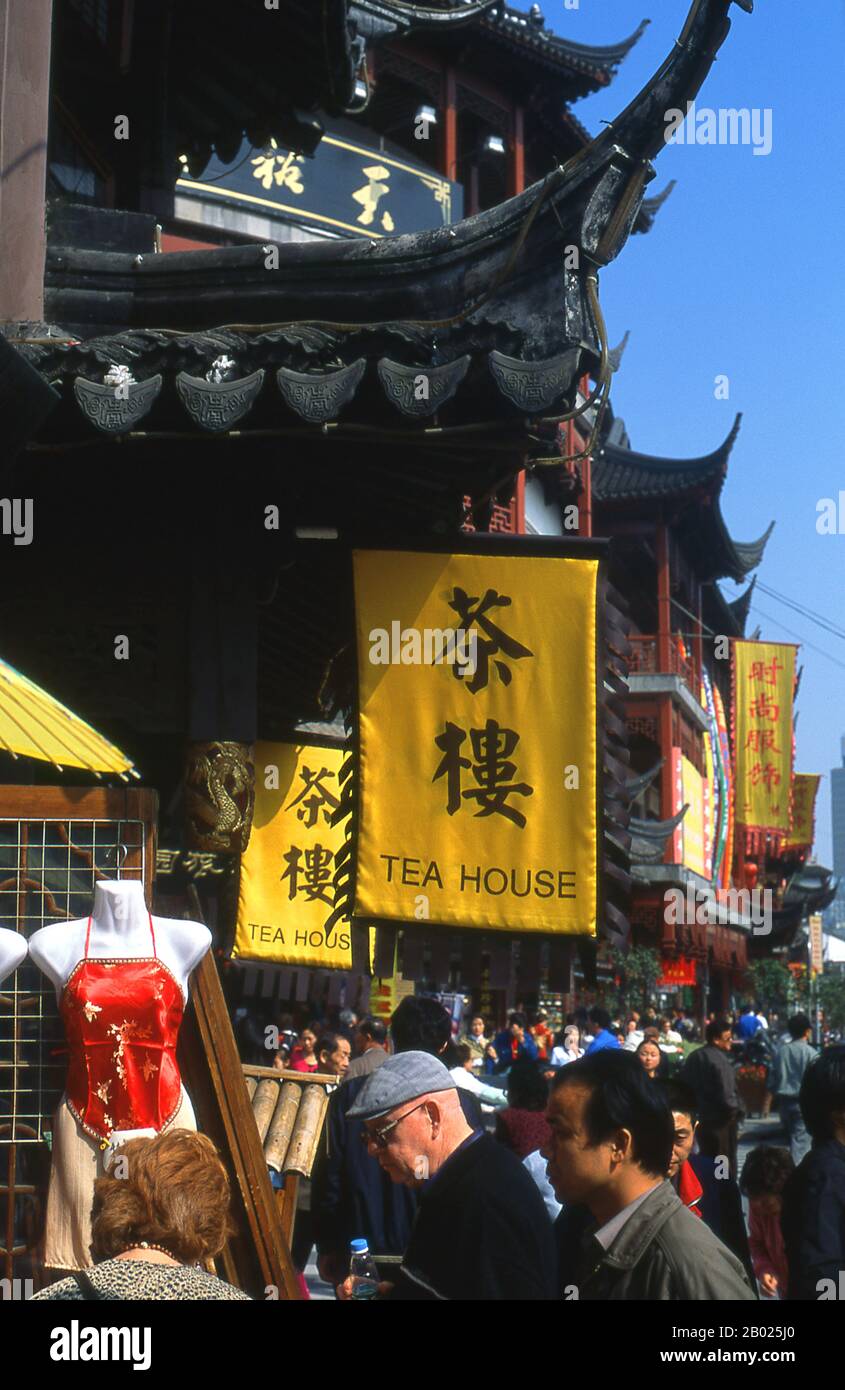 China: Tea House sign, Fangbang Lu, Nanshi or the Old Town area, Shanghai. Shanghai began life as a fishing village, and later as a port receiving goods carried down the Yangzi River. From 1842 onwards, in the aftermath of the first Opium War, the British opened a ‘concession’ in Shanghai where drug dealers and other traders could operate undisturbed. French, Italians, Germans, Americans and Japanese all followed. By the 1920s and 1930s, Shanghai was a boom town and an international byword for dissipation. Stock Photohttps://www.alamy.com/image-license-details/?v=1https://www.alamy.com/china-tea-house-sign-fangbang-lu-nanshi-or-the-old-town-area-shanghai-shanghai-began-life-as-a-fishing-village-and-later-as-a-port-receiving-goods-carried-down-the-yangzi-river-from-1842-onwards-in-the-aftermath-of-the-first-opium-war-the-british-opened-a-concession-in-shanghai-where-drug-dealers-and-other-traders-could-operate-undisturbed-french-italians-germans-americans-and-japanese-all-followed-by-the-1920s-and-1930s-shanghai-was-a-boom-town-and-an-international-byword-for-dissipation-image344255688.html
China: Tea House sign, Fangbang Lu, Nanshi or the Old Town area, Shanghai. Shanghai began life as a fishing village, and later as a port receiving goods carried down the Yangzi River. From 1842 onwards, in the aftermath of the first Opium War, the British opened a ‘concession’ in Shanghai where drug dealers and other traders could operate undisturbed. French, Italians, Germans, Americans and Japanese all followed. By the 1920s and 1930s, Shanghai was a boom town and an international byword for dissipation. Stock Photohttps://www.alamy.com/image-license-details/?v=1https://www.alamy.com/china-tea-house-sign-fangbang-lu-nanshi-or-the-old-town-area-shanghai-shanghai-began-life-as-a-fishing-village-and-later-as-a-port-receiving-goods-carried-down-the-yangzi-river-from-1842-onwards-in-the-aftermath-of-the-first-opium-war-the-british-opened-a-concession-in-shanghai-where-drug-dealers-and-other-traders-could-operate-undisturbed-french-italians-germans-americans-and-japanese-all-followed-by-the-1920s-and-1930s-shanghai-was-a-boom-town-and-an-international-byword-for-dissipation-image344255688.htmlRM2B025J0–China: Tea House sign, Fangbang Lu, Nanshi or the Old Town area, Shanghai. Shanghai began life as a fishing village, and later as a port receiving goods carried down the Yangzi River. From 1842 onwards, in the aftermath of the first Opium War, the British opened a ‘concession’ in Shanghai where drug dealers and other traders could operate undisturbed. French, Italians, Germans, Americans and Japanese all followed. By the 1920s and 1930s, Shanghai was a boom town and an international byword for dissipation.
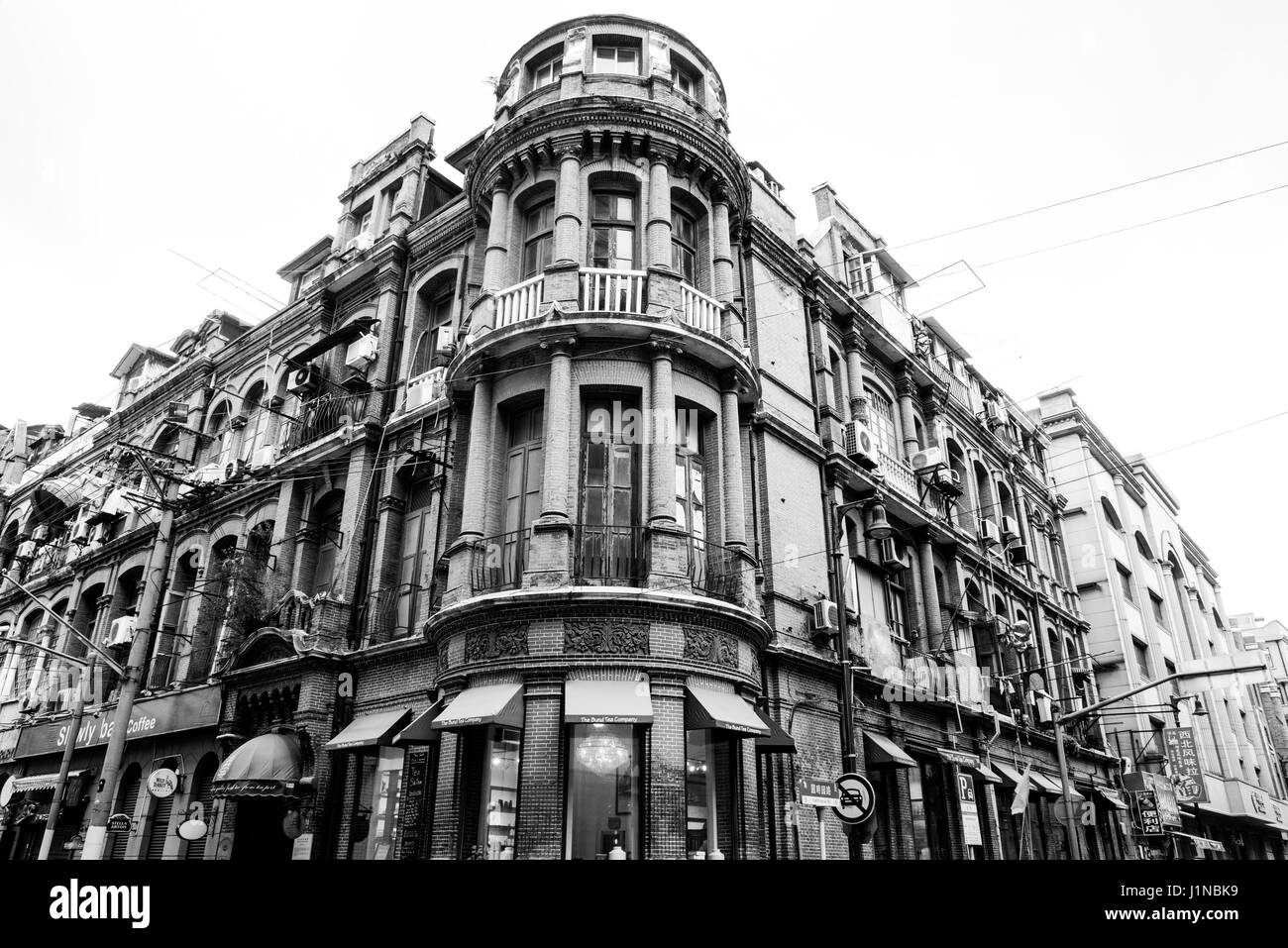 Architecture of Age 1930's near the bund on Dianchi Road Shanghai China Stock Photohttps://www.alamy.com/image-license-details/?v=1https://www.alamy.com/stock-photo-architecture-of-age-1930s-near-the-bund-on-dianchi-road-shanghai-china-138767757.html
Architecture of Age 1930's near the bund on Dianchi Road Shanghai China Stock Photohttps://www.alamy.com/image-license-details/?v=1https://www.alamy.com/stock-photo-architecture-of-age-1930s-near-the-bund-on-dianchi-road-shanghai-china-138767757.htmlRMJ1NBK9–Architecture of Age 1930's near the bund on Dianchi Road Shanghai China
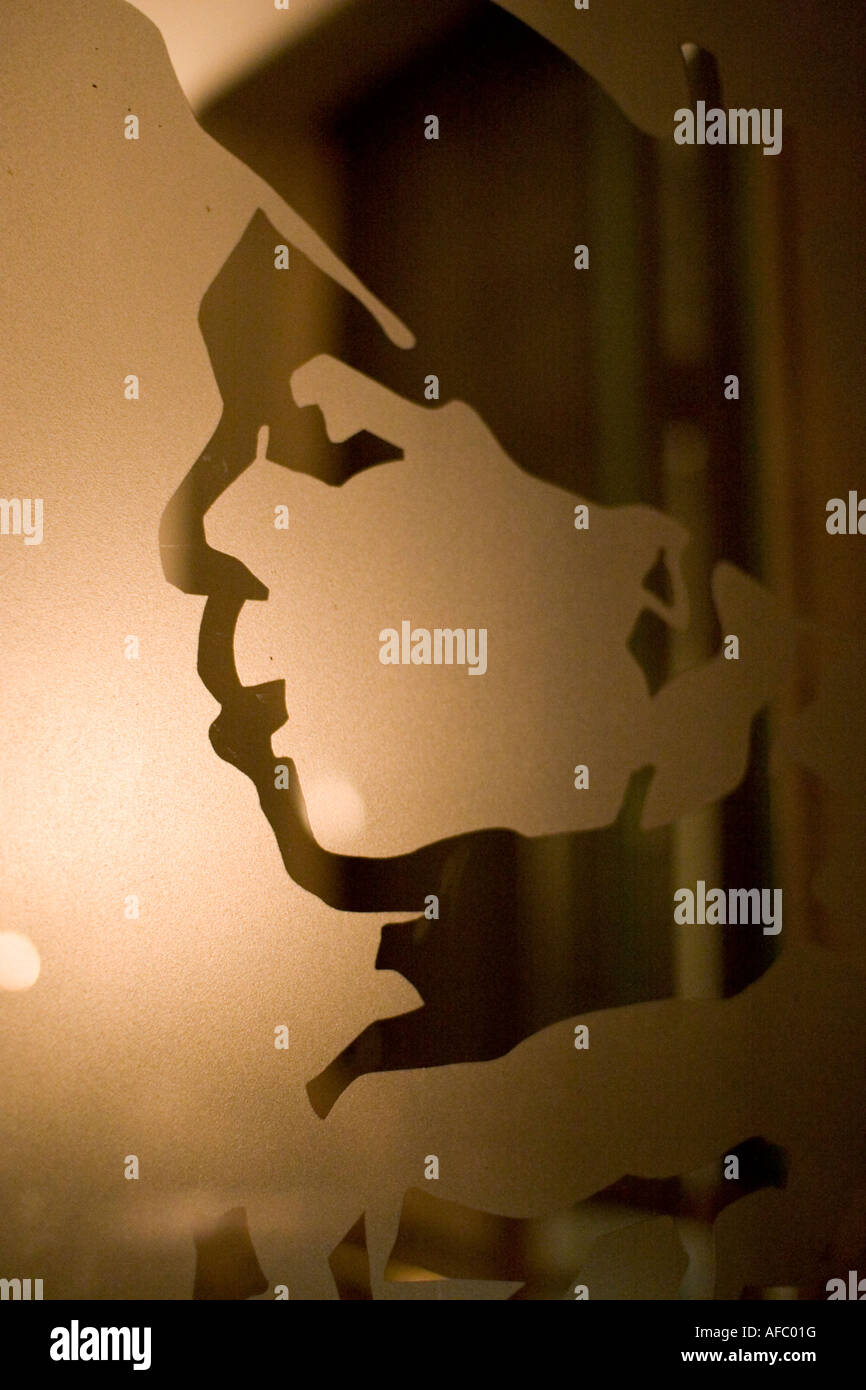 China Club Cocktail bar, 50 rue de Charenton, 12th arrondissement, Paris France, 2007 Stock Photohttps://www.alamy.com/image-license-details/?v=1https://www.alamy.com/stock-photo-china-club-cocktail-bar-50-rue-de-charenton-12th-arrondissement-paris-13898763.html
China Club Cocktail bar, 50 rue de Charenton, 12th arrondissement, Paris France, 2007 Stock Photohttps://www.alamy.com/image-license-details/?v=1https://www.alamy.com/stock-photo-china-club-cocktail-bar-50-rue-de-charenton-12th-arrondissement-paris-13898763.htmlRMAFC01G–China Club Cocktail bar, 50 rue de Charenton, 12th arrondissement, Paris France, 2007
 Exterior of Orange Garden, Chinese restaurant with vintage sign and facade Stock Photohttps://www.alamy.com/image-license-details/?v=1https://www.alamy.com/exterior-of-orange-garden-chinese-restaurant-with-vintage-sign-and-facade-image243002428.html
Exterior of Orange Garden, Chinese restaurant with vintage sign and facade Stock Photohttps://www.alamy.com/image-license-details/?v=1https://www.alamy.com/exterior-of-orange-garden-chinese-restaurant-with-vintage-sign-and-facade-image243002428.htmlRMT39M24–Exterior of Orange Garden, Chinese restaurant with vintage sign and facade
 Bamboo Terrace, Pender Street, Vancouver, B.C. ca. 1930s Credit: UBC Library Stock Photohttps://www.alamy.com/image-license-details/?v=1https://www.alamy.com/bamboo-terrace-pender-street-vancouver-bc-ca-1930s-credit-ubc-library-image227034253.html
Bamboo Terrace, Pender Street, Vancouver, B.C. ca. 1930s Credit: UBC Library Stock Photohttps://www.alamy.com/image-license-details/?v=1https://www.alamy.com/bamboo-terrace-pender-street-vancouver-bc-ca-1930s-credit-ubc-library-image227034253.htmlRMR5A8E5–Bamboo Terrace, Pender Street, Vancouver, B.C. ca. 1930s Credit: UBC Library
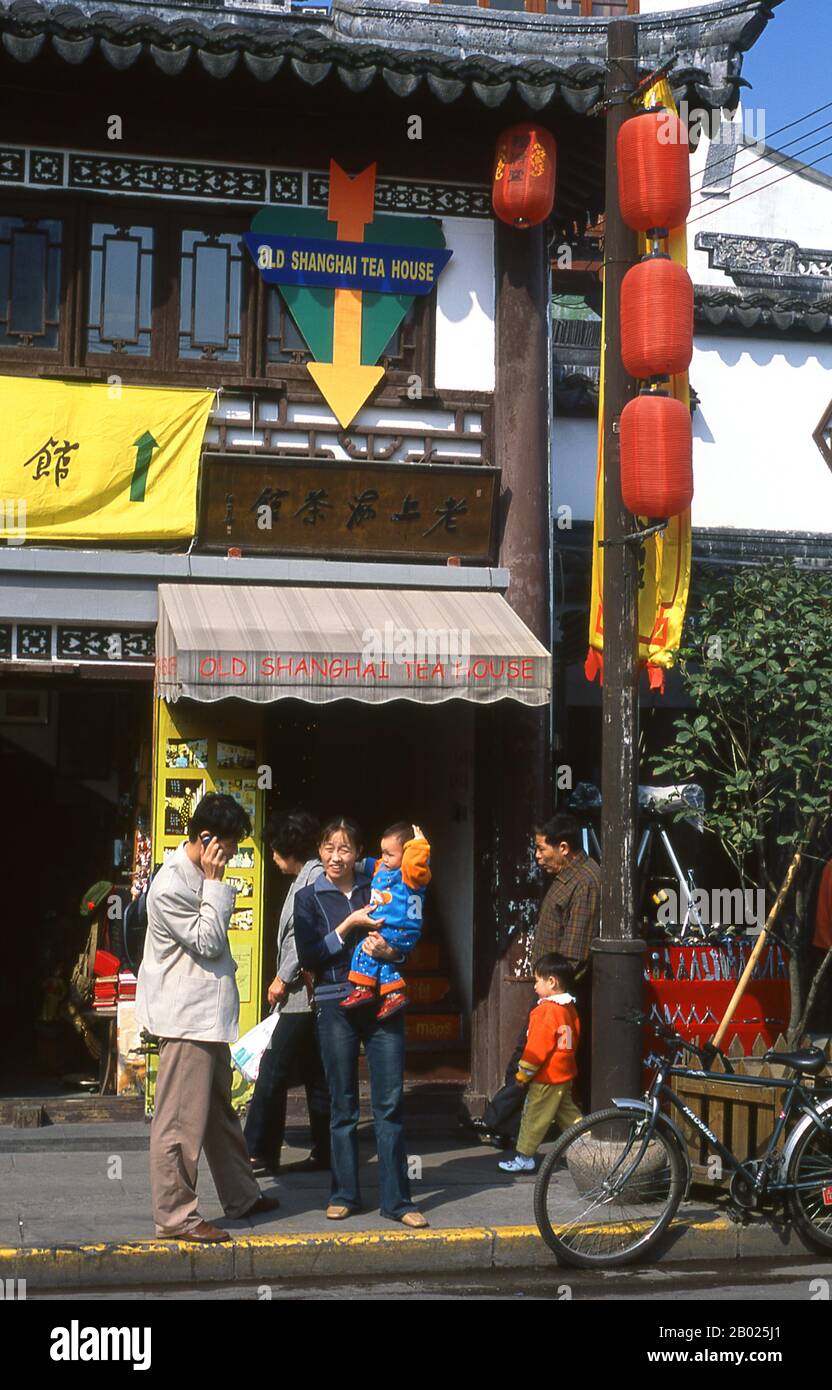 China: Old Shanghai Tea House, Fangbang Lu, Nanshi or the Old Town area, Shanghai. Shanghai began life as a fishing village, and later as a port receiving goods carried down the Yangzi River. From 1842 onwards, in the aftermath of the first Opium War, the British opened a ‘concession’ in Shanghai where drug dealers and other traders could operate undisturbed. French, Italians, Germans, Americans and Japanese all followed. By the 1920s and 1930s, Shanghai was a boom town and an international byword for dissipation. Stock Photohttps://www.alamy.com/image-license-details/?v=1https://www.alamy.com/china-old-shanghai-tea-house-fangbang-lu-nanshi-or-the-old-town-area-shanghai-shanghai-began-life-as-a-fishing-village-and-later-as-a-port-receiving-goods-carried-down-the-yangzi-river-from-1842-onwards-in-the-aftermath-of-the-first-opium-war-the-british-opened-a-concession-in-shanghai-where-drug-dealers-and-other-traders-could-operate-undisturbed-french-italians-germans-americans-and-japanese-all-followed-by-the-1920s-and-1930s-shanghai-was-a-boom-town-and-an-international-byword-for-dissipation-image344255689.html
China: Old Shanghai Tea House, Fangbang Lu, Nanshi or the Old Town area, Shanghai. Shanghai began life as a fishing village, and later as a port receiving goods carried down the Yangzi River. From 1842 onwards, in the aftermath of the first Opium War, the British opened a ‘concession’ in Shanghai where drug dealers and other traders could operate undisturbed. French, Italians, Germans, Americans and Japanese all followed. By the 1920s and 1930s, Shanghai was a boom town and an international byword for dissipation. Stock Photohttps://www.alamy.com/image-license-details/?v=1https://www.alamy.com/china-old-shanghai-tea-house-fangbang-lu-nanshi-or-the-old-town-area-shanghai-shanghai-began-life-as-a-fishing-village-and-later-as-a-port-receiving-goods-carried-down-the-yangzi-river-from-1842-onwards-in-the-aftermath-of-the-first-opium-war-the-british-opened-a-concession-in-shanghai-where-drug-dealers-and-other-traders-could-operate-undisturbed-french-italians-germans-americans-and-japanese-all-followed-by-the-1920s-and-1930s-shanghai-was-a-boom-town-and-an-international-byword-for-dissipation-image344255689.htmlRM2B025J1–China: Old Shanghai Tea House, Fangbang Lu, Nanshi or the Old Town area, Shanghai. Shanghai began life as a fishing village, and later as a port receiving goods carried down the Yangzi River. From 1842 onwards, in the aftermath of the first Opium War, the British opened a ‘concession’ in Shanghai where drug dealers and other traders could operate undisturbed. French, Italians, Germans, Americans and Japanese all followed. By the 1920s and 1930s, Shanghai was a boom town and an international byword for dissipation.
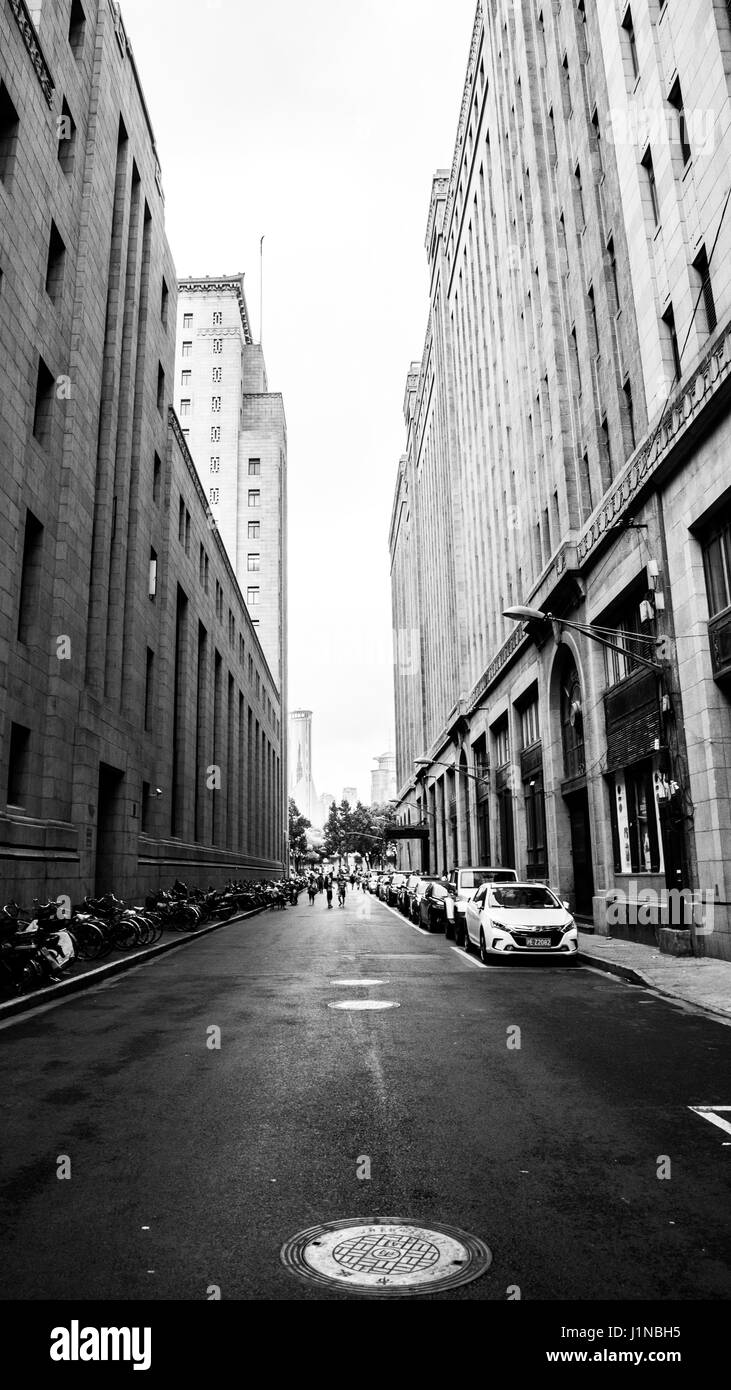 Architecture of Age 1930's near the bund on Dianchi Road Shanghai China Stock Photohttps://www.alamy.com/image-license-details/?v=1https://www.alamy.com/stock-photo-architecture-of-age-1930s-near-the-bund-on-dianchi-road-shanghai-china-138767697.html
Architecture of Age 1930's near the bund on Dianchi Road Shanghai China Stock Photohttps://www.alamy.com/image-license-details/?v=1https://www.alamy.com/stock-photo-architecture-of-age-1930s-near-the-bund-on-dianchi-road-shanghai-china-138767697.htmlRMJ1NBH5–Architecture of Age 1930's near the bund on Dianchi Road Shanghai China
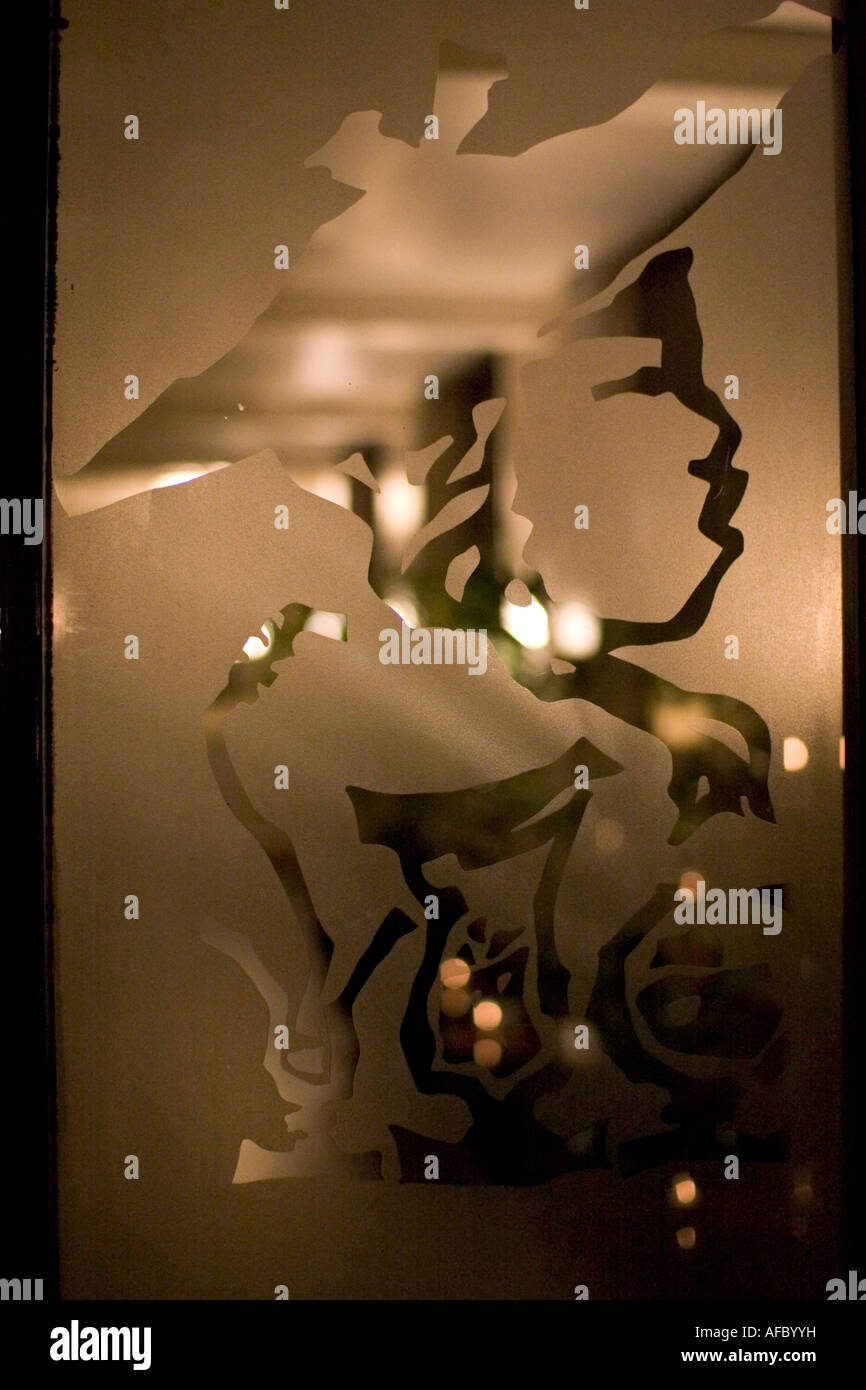 China Club Cocktail bar, 50 rue de Charenton, 12th arrondissement, Paris France, 2007 Stock Photohttps://www.alamy.com/image-license-details/?v=1https://www.alamy.com/stock-photo-china-club-cocktail-bar-50-rue-de-charenton-12th-arrondissement-paris-13898740.html
China Club Cocktail bar, 50 rue de Charenton, 12th arrondissement, Paris France, 2007 Stock Photohttps://www.alamy.com/image-license-details/?v=1https://www.alamy.com/stock-photo-china-club-cocktail-bar-50-rue-de-charenton-12th-arrondissement-paris-13898740.htmlRMAFBYYH–China Club Cocktail bar, 50 rue de Charenton, 12th arrondissement, Paris France, 2007
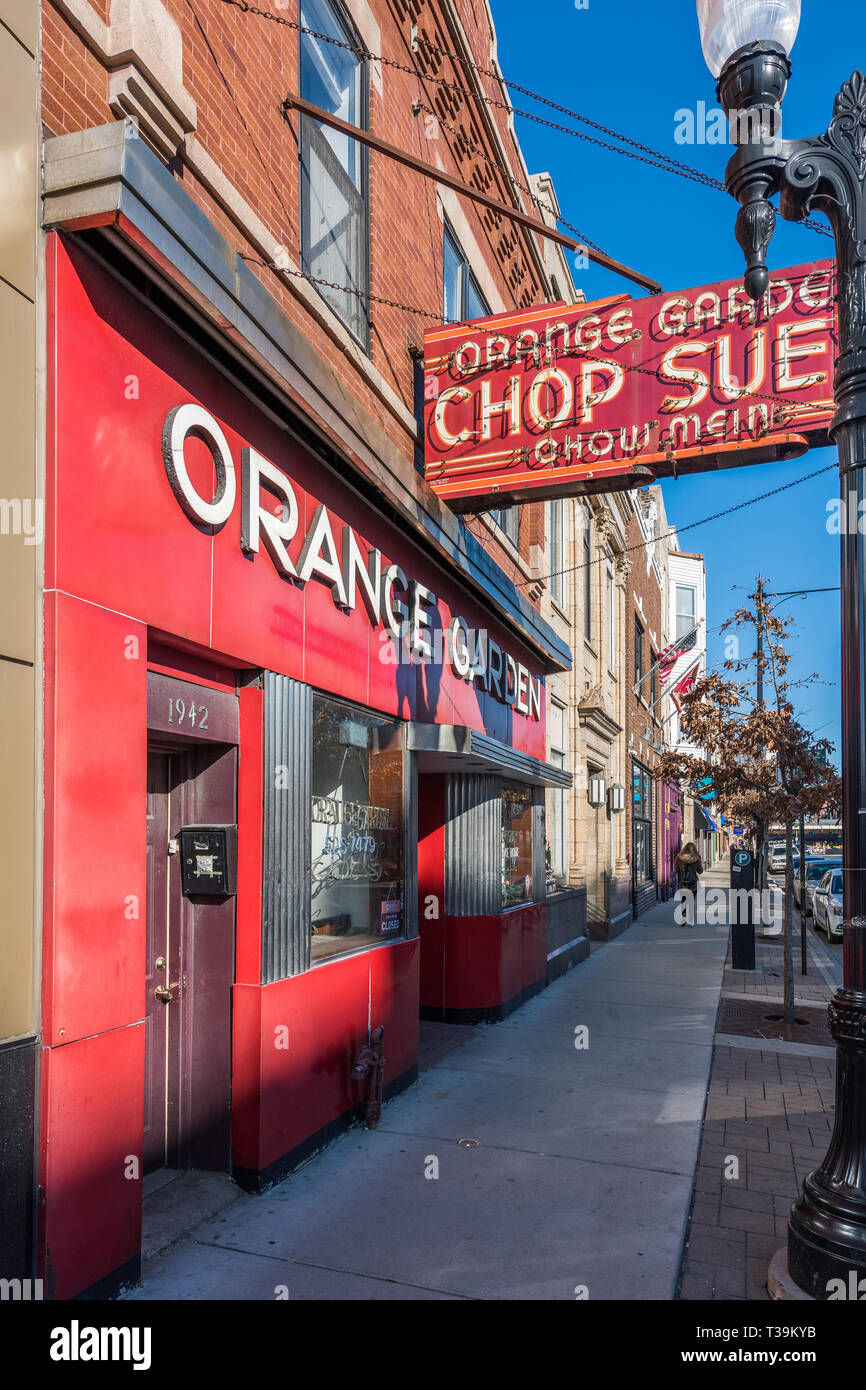 Exterior of Orange Garden, Chinese restaurant with vintage sign and facade Stock Photohttps://www.alamy.com/image-license-details/?v=1https://www.alamy.com/exterior-of-orange-garden-chinese-restaurant-with-vintage-sign-and-facade-image243002351.html
Exterior of Orange Garden, Chinese restaurant with vintage sign and facade Stock Photohttps://www.alamy.com/image-license-details/?v=1https://www.alamy.com/exterior-of-orange-garden-chinese-restaurant-with-vintage-sign-and-facade-image243002351.htmlRMT39KYB–Exterior of Orange Garden, Chinese restaurant with vintage sign and facade
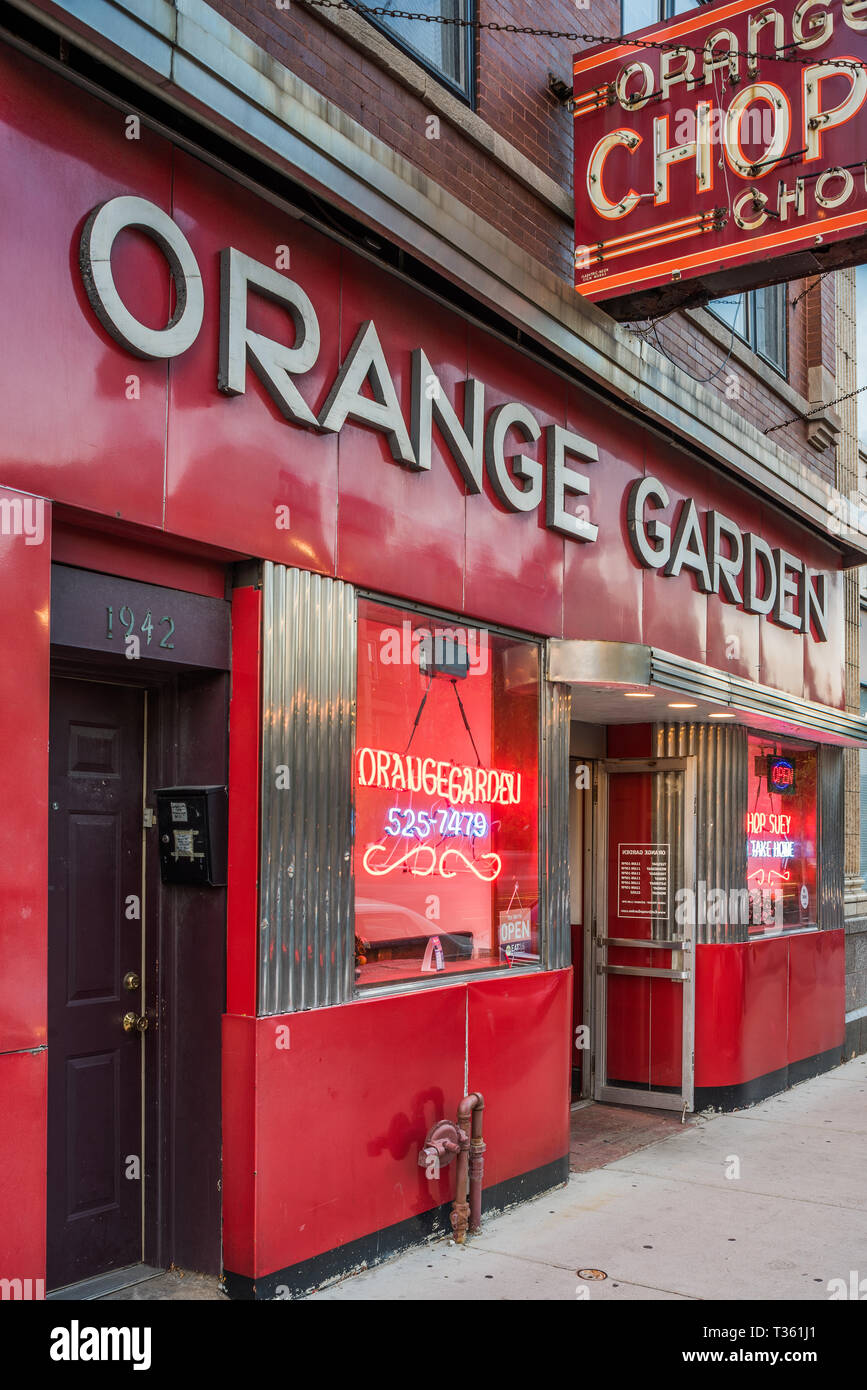 Exterior of Orange Garden, Chinese restaurant with vintage sign and facade Stock Photohttps://www.alamy.com/image-license-details/?v=1https://www.alamy.com/exterior-of-orange-garden-chinese-restaurant-with-vintage-sign-and-facade-image242922121.html
Exterior of Orange Garden, Chinese restaurant with vintage sign and facade Stock Photohttps://www.alamy.com/image-license-details/?v=1https://www.alamy.com/exterior-of-orange-garden-chinese-restaurant-with-vintage-sign-and-facade-image242922121.htmlRMT361J1–Exterior of Orange Garden, Chinese restaurant with vintage sign and facade
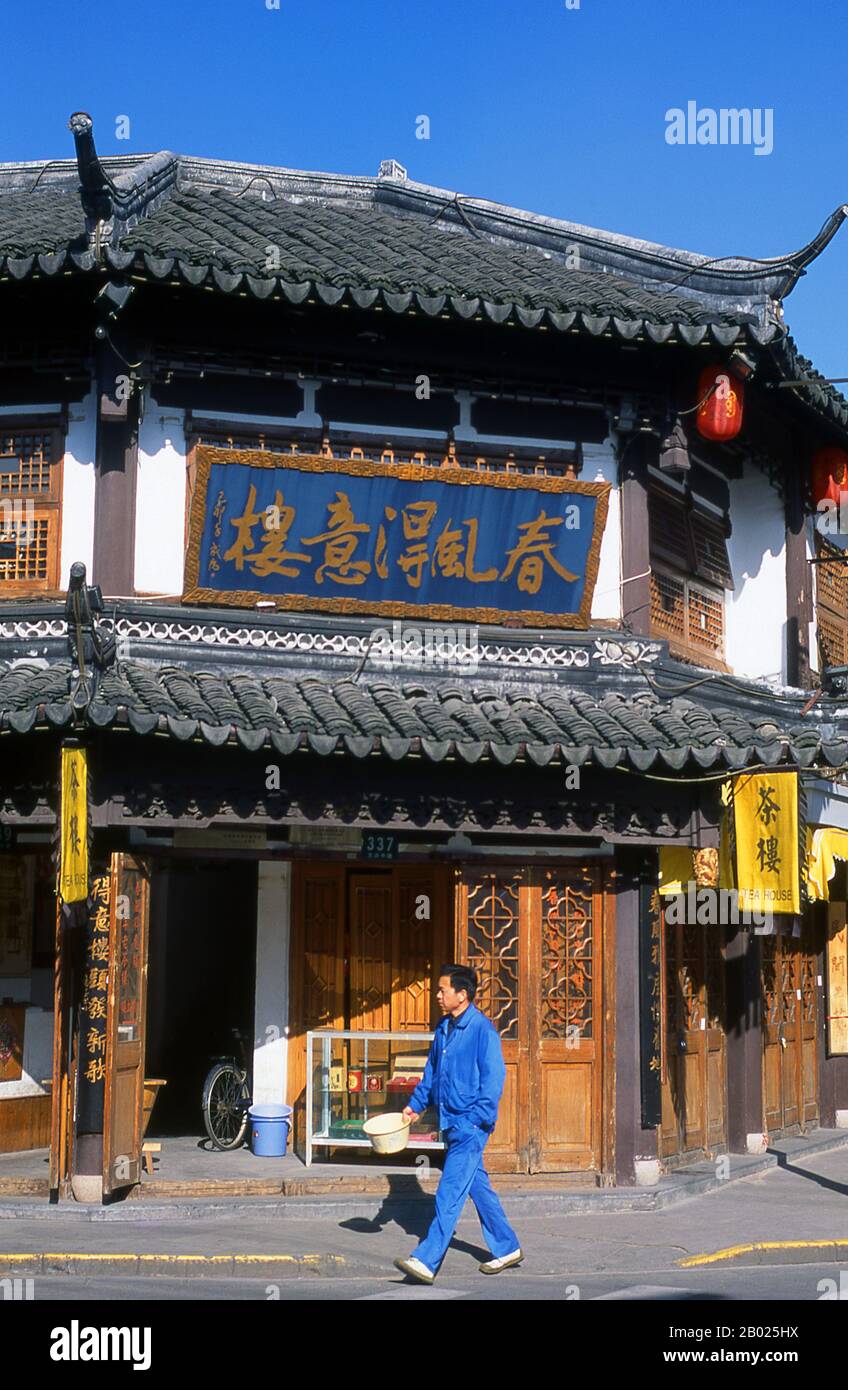 China: A man walks by a tea house on Fangbang Lu in Nanshi or the Old Town area, Shanghai. Shanghai began life as a fishing village, and later as a port receiving goods carried down the Yangzi River. From 1842 onwards, in the aftermath of the first Opium War, the British opened a ‘concession’ in Shanghai where drug dealers and other traders could operate undisturbed. French, Italians, Germans, Americans and Japanese all followed. By the 1920s and 1930s, Shanghai was a boom town and an international byword for dissipation. Stock Photohttps://www.alamy.com/image-license-details/?v=1https://www.alamy.com/china-a-man-walks-by-a-tea-house-on-fangbang-lu-in-nanshi-or-the-old-town-area-shanghai-shanghai-began-life-as-a-fishing-village-and-later-as-a-port-receiving-goods-carried-down-the-yangzi-river-from-1842-onwards-in-the-aftermath-of-the-first-opium-war-the-british-opened-a-concession-in-shanghai-where-drug-dealers-and-other-traders-could-operate-undisturbed-french-italians-germans-americans-and-japanese-all-followed-by-the-1920s-and-1930s-shanghai-was-a-boom-town-and-an-international-byword-for-dissipation-image344255686.html
China: A man walks by a tea house on Fangbang Lu in Nanshi or the Old Town area, Shanghai. Shanghai began life as a fishing village, and later as a port receiving goods carried down the Yangzi River. From 1842 onwards, in the aftermath of the first Opium War, the British opened a ‘concession’ in Shanghai where drug dealers and other traders could operate undisturbed. French, Italians, Germans, Americans and Japanese all followed. By the 1920s and 1930s, Shanghai was a boom town and an international byword for dissipation. Stock Photohttps://www.alamy.com/image-license-details/?v=1https://www.alamy.com/china-a-man-walks-by-a-tea-house-on-fangbang-lu-in-nanshi-or-the-old-town-area-shanghai-shanghai-began-life-as-a-fishing-village-and-later-as-a-port-receiving-goods-carried-down-the-yangzi-river-from-1842-onwards-in-the-aftermath-of-the-first-opium-war-the-british-opened-a-concession-in-shanghai-where-drug-dealers-and-other-traders-could-operate-undisturbed-french-italians-germans-americans-and-japanese-all-followed-by-the-1920s-and-1930s-shanghai-was-a-boom-town-and-an-international-byword-for-dissipation-image344255686.htmlRM2B025HX–China: A man walks by a tea house on Fangbang Lu in Nanshi or the Old Town area, Shanghai. Shanghai began life as a fishing village, and later as a port receiving goods carried down the Yangzi River. From 1842 onwards, in the aftermath of the first Opium War, the British opened a ‘concession’ in Shanghai where drug dealers and other traders could operate undisturbed. French, Italians, Germans, Americans and Japanese all followed. By the 1920s and 1930s, Shanghai was a boom town and an international byword for dissipation.
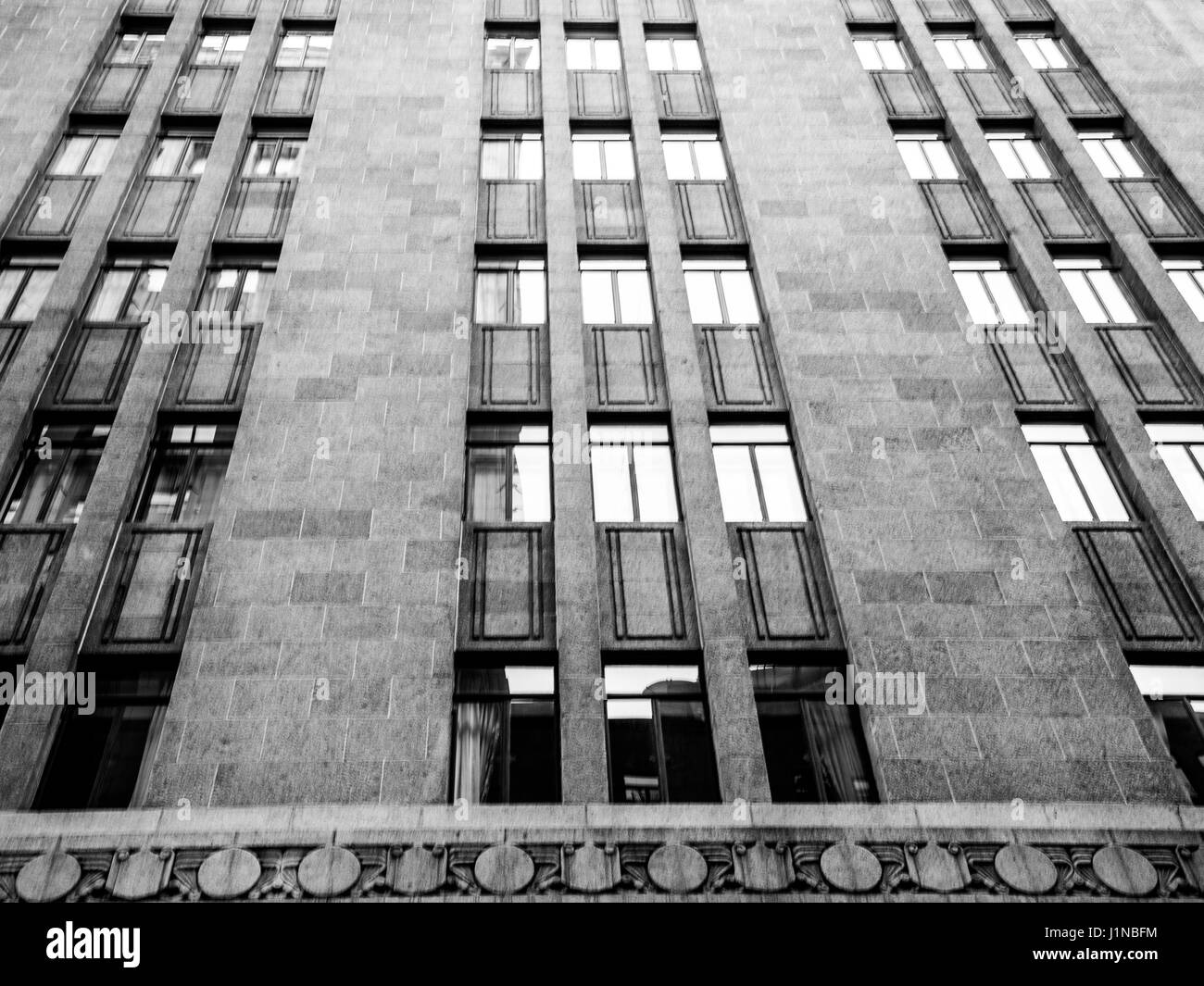 Architecture of Age 1930's near the bund on Dianchi Road Shanghai China Stock Photohttps://www.alamy.com/image-license-details/?v=1https://www.alamy.com/stock-photo-architecture-of-age-1930s-near-the-bund-on-dianchi-road-shanghai-china-138767656.html
Architecture of Age 1930's near the bund on Dianchi Road Shanghai China Stock Photohttps://www.alamy.com/image-license-details/?v=1https://www.alamy.com/stock-photo-architecture-of-age-1930s-near-the-bund-on-dianchi-road-shanghai-china-138767656.htmlRMJ1NBFM–Architecture of Age 1930's near the bund on Dianchi Road Shanghai China
 China Club Cocktail bar, 50 rue de Charenton, 12th arrondissement, Paris France, 2007 Stock Photohttps://www.alamy.com/image-license-details/?v=1https://www.alamy.com/stock-photo-china-club-cocktail-bar-50-rue-de-charenton-12th-arrondissement-paris-13923328.html
China Club Cocktail bar, 50 rue de Charenton, 12th arrondissement, Paris France, 2007 Stock Photohttps://www.alamy.com/image-license-details/?v=1https://www.alamy.com/stock-photo-china-club-cocktail-bar-50-rue-de-charenton-12th-arrondissement-paris-13923328.htmlRMAFEH4H–China Club Cocktail bar, 50 rue de Charenton, 12th arrondissement, Paris France, 2007
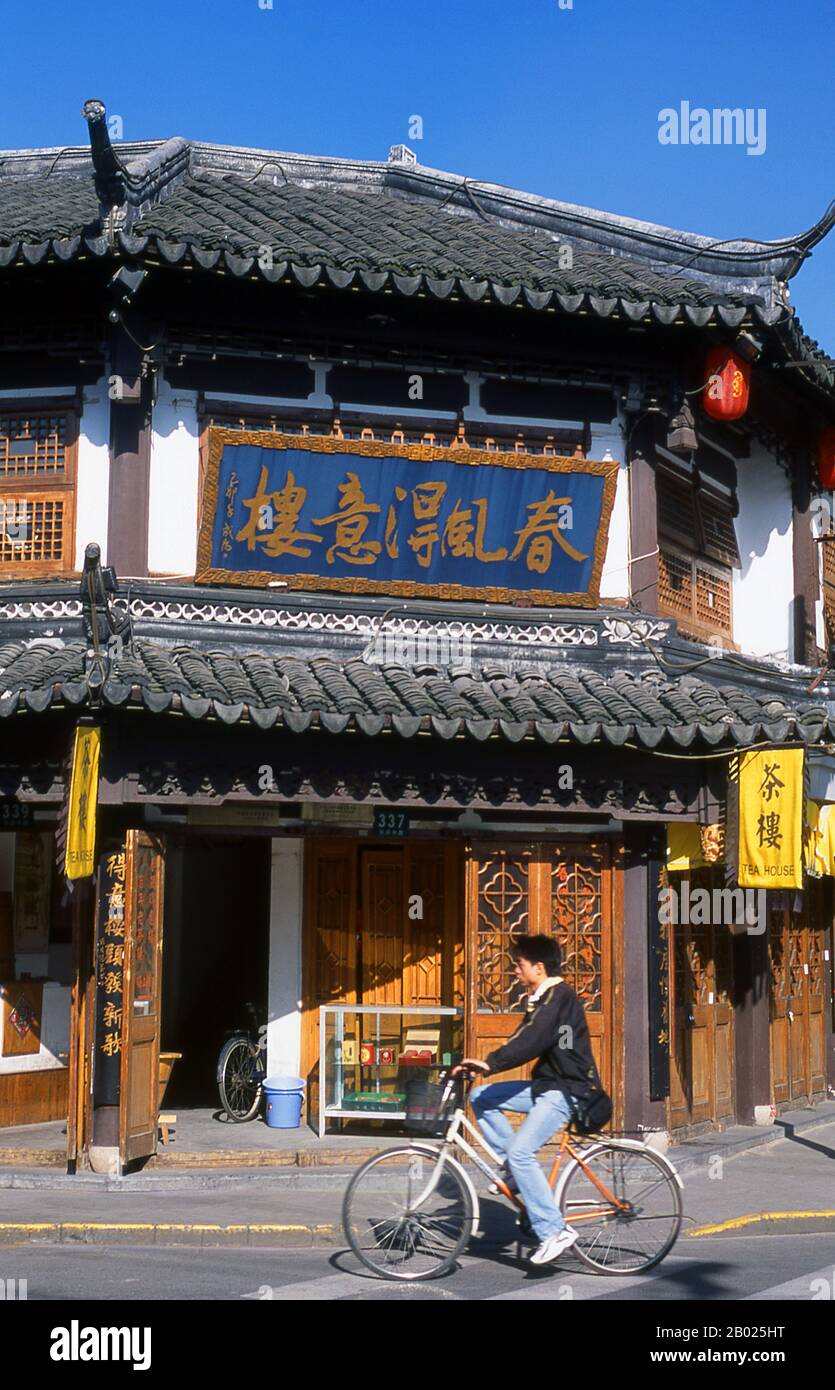 China: A cyclist in front of a tea house on Fangbang Lu in Nanshi or the Old Town area, Shanghai. Shanghai began life as a fishing village, and later as a port receiving goods carried down the Yangzi River. From 1842 onwards, in the aftermath of the first Opium War, the British opened a ‘concession’ in Shanghai where drug dealers and other traders could operate undisturbed. French, Italians, Germans, Americans and Japanese all followed. By the 1920s and 1930s, Shanghai was a boom town and an international byword for dissipation. Stock Photohttps://www.alamy.com/image-license-details/?v=1https://www.alamy.com/china-a-cyclist-in-front-of-a-tea-house-on-fangbang-lu-in-nanshi-or-the-old-town-area-shanghai-shanghai-began-life-as-a-fishing-village-and-later-as-a-port-receiving-goods-carried-down-the-yangzi-river-from-1842-onwards-in-the-aftermath-of-the-first-opium-war-the-british-opened-a-concession-in-shanghai-where-drug-dealers-and-other-traders-could-operate-undisturbed-french-italians-germans-americans-and-japanese-all-followed-by-the-1920s-and-1930s-shanghai-was-a-boom-town-and-an-international-byword-for-dissipation-image344255684.html
China: A cyclist in front of a tea house on Fangbang Lu in Nanshi or the Old Town area, Shanghai. Shanghai began life as a fishing village, and later as a port receiving goods carried down the Yangzi River. From 1842 onwards, in the aftermath of the first Opium War, the British opened a ‘concession’ in Shanghai where drug dealers and other traders could operate undisturbed. French, Italians, Germans, Americans and Japanese all followed. By the 1920s and 1930s, Shanghai was a boom town and an international byword for dissipation. Stock Photohttps://www.alamy.com/image-license-details/?v=1https://www.alamy.com/china-a-cyclist-in-front-of-a-tea-house-on-fangbang-lu-in-nanshi-or-the-old-town-area-shanghai-shanghai-began-life-as-a-fishing-village-and-later-as-a-port-receiving-goods-carried-down-the-yangzi-river-from-1842-onwards-in-the-aftermath-of-the-first-opium-war-the-british-opened-a-concession-in-shanghai-where-drug-dealers-and-other-traders-could-operate-undisturbed-french-italians-germans-americans-and-japanese-all-followed-by-the-1920s-and-1930s-shanghai-was-a-boom-town-and-an-international-byword-for-dissipation-image344255684.htmlRM2B025HT–China: A cyclist in front of a tea house on Fangbang Lu in Nanshi or the Old Town area, Shanghai. Shanghai began life as a fishing village, and later as a port receiving goods carried down the Yangzi River. From 1842 onwards, in the aftermath of the first Opium War, the British opened a ‘concession’ in Shanghai where drug dealers and other traders could operate undisturbed. French, Italians, Germans, Americans and Japanese all followed. By the 1920s and 1930s, Shanghai was a boom town and an international byword for dissipation.
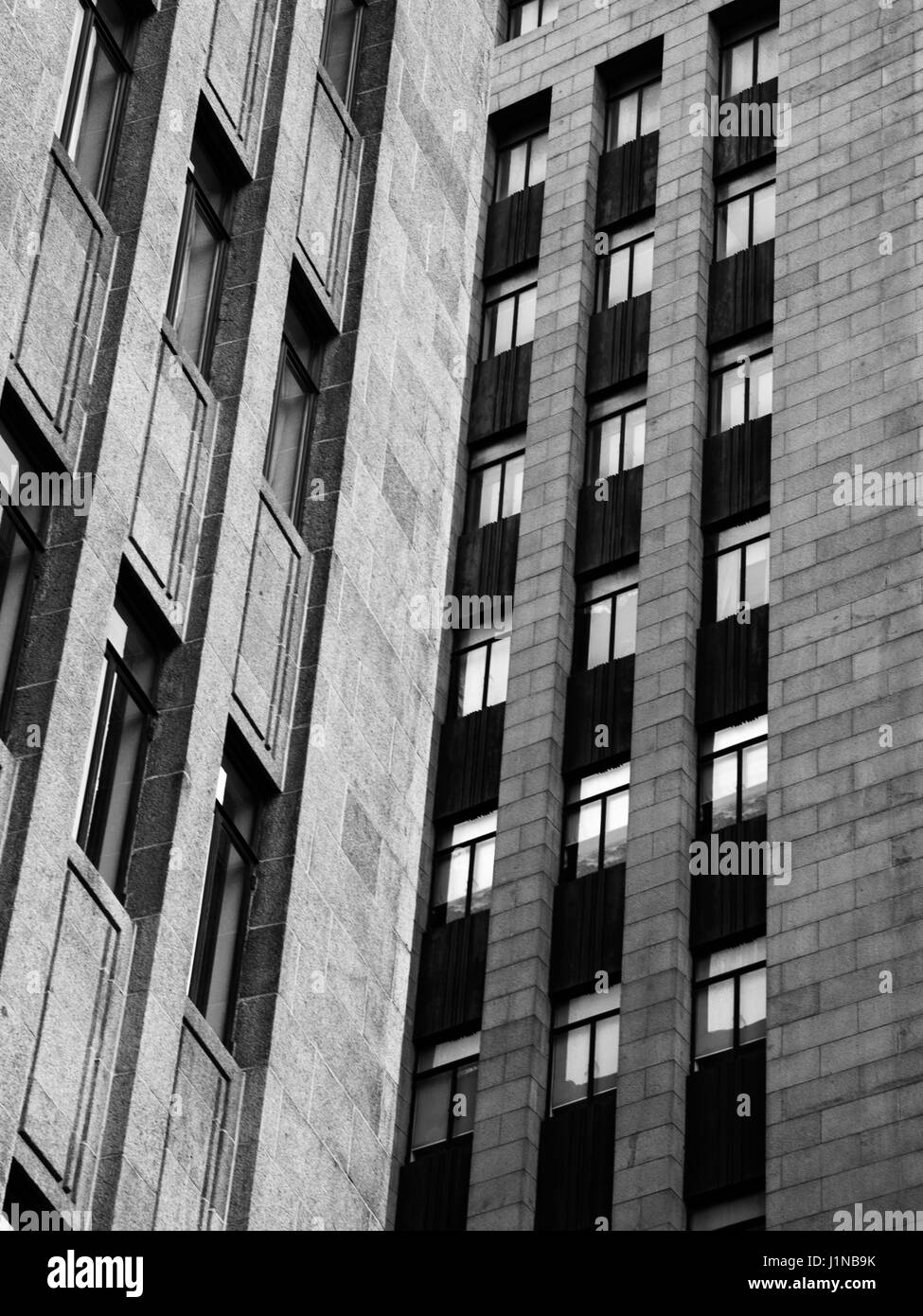 Architecture of Age 1930's near the bund on Dianchi Road Shanghai China Stock Photohttps://www.alamy.com/image-license-details/?v=1https://www.alamy.com/stock-photo-architecture-of-age-1930s-near-the-bund-on-dianchi-road-shanghai-china-138767487.html
Architecture of Age 1930's near the bund on Dianchi Road Shanghai China Stock Photohttps://www.alamy.com/image-license-details/?v=1https://www.alamy.com/stock-photo-architecture-of-age-1930s-near-the-bund-on-dianchi-road-shanghai-china-138767487.htmlRMJ1NB9K–Architecture of Age 1930's near the bund on Dianchi Road Shanghai China
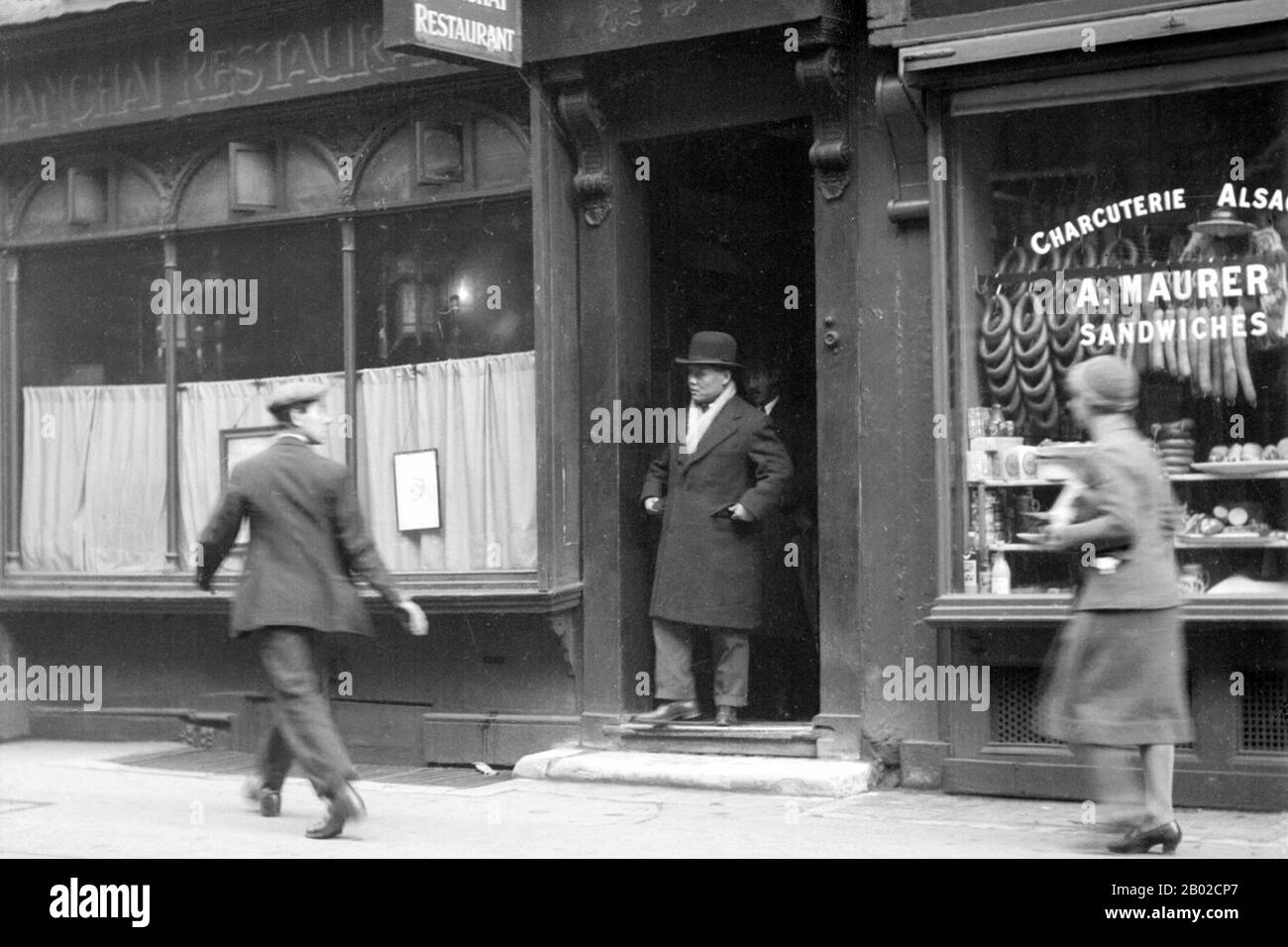 International attention to Shanghai grew in the 19th century due to its economic and trade potential at the Yangtze River. During the First Opium War (1839–1842), British forces temporarily held the city. The war ended with the 1842 Treaty of Nanjing, opening Shanghai and other ports to international trade. In 1863, the British settlement, located to the south of Suzhou creek (Huangpu district), and the American settlement, to the north of Suzhou creek (Hongkou district), joined in order to form the International Settlement. The French opted out of the Shanghai Municipal Council, and maintain Stock Photohttps://www.alamy.com/image-license-details/?v=1https://www.alamy.com/international-attention-to-shanghai-grew-in-the-19th-century-due-to-its-economic-and-trade-potential-at-the-yangtze-river-during-the-first-opium-war-18391842-british-forces-temporarily-held-the-city-the-war-ended-with-the-1842-treaty-of-nanjing-opening-shanghai-and-other-ports-to-international-trade-in-1863-the-british-settlement-located-to-the-south-of-suzhou-creek-huangpu-district-and-the-american-settlement-to-the-north-of-suzhou-creek-hongkou-district-joined-in-order-to-form-the-international-settlement-the-french-opted-out-of-the-shanghai-municipal-council-and-maintain-image344261295.html
International attention to Shanghai grew in the 19th century due to its economic and trade potential at the Yangtze River. During the First Opium War (1839–1842), British forces temporarily held the city. The war ended with the 1842 Treaty of Nanjing, opening Shanghai and other ports to international trade. In 1863, the British settlement, located to the south of Suzhou creek (Huangpu district), and the American settlement, to the north of Suzhou creek (Hongkou district), joined in order to form the International Settlement. The French opted out of the Shanghai Municipal Council, and maintain Stock Photohttps://www.alamy.com/image-license-details/?v=1https://www.alamy.com/international-attention-to-shanghai-grew-in-the-19th-century-due-to-its-economic-and-trade-potential-at-the-yangtze-river-during-the-first-opium-war-18391842-british-forces-temporarily-held-the-city-the-war-ended-with-the-1842-treaty-of-nanjing-opening-shanghai-and-other-ports-to-international-trade-in-1863-the-british-settlement-located-to-the-south-of-suzhou-creek-huangpu-district-and-the-american-settlement-to-the-north-of-suzhou-creek-hongkou-district-joined-in-order-to-form-the-international-settlement-the-french-opted-out-of-the-shanghai-municipal-council-and-maintain-image344261295.htmlRM2B02CP7–International attention to Shanghai grew in the 19th century due to its economic and trade potential at the Yangtze River. During the First Opium War (1839–1842), British forces temporarily held the city. The war ended with the 1842 Treaty of Nanjing, opening Shanghai and other ports to international trade. In 1863, the British settlement, located to the south of Suzhou creek (Huangpu district), and the American settlement, to the north of Suzhou creek (Hongkou district), joined in order to form the International Settlement. The French opted out of the Shanghai Municipal Council, and maintain
 China Club Cocktail bar, 50 rue de Charenton, 12th arrondissement, Paris France, 2007 Stock Photohttps://www.alamy.com/image-license-details/?v=1https://www.alamy.com/stock-photo-china-club-cocktail-bar-50-rue-de-charenton-12th-arrondissement-paris-13917351.html
China Club Cocktail bar, 50 rue de Charenton, 12th arrondissement, Paris France, 2007 Stock Photohttps://www.alamy.com/image-license-details/?v=1https://www.alamy.com/stock-photo-china-club-cocktail-bar-50-rue-de-charenton-12th-arrondissement-paris-13917351.htmlRMAFDYAG–China Club Cocktail bar, 50 rue de Charenton, 12th arrondissement, Paris France, 2007
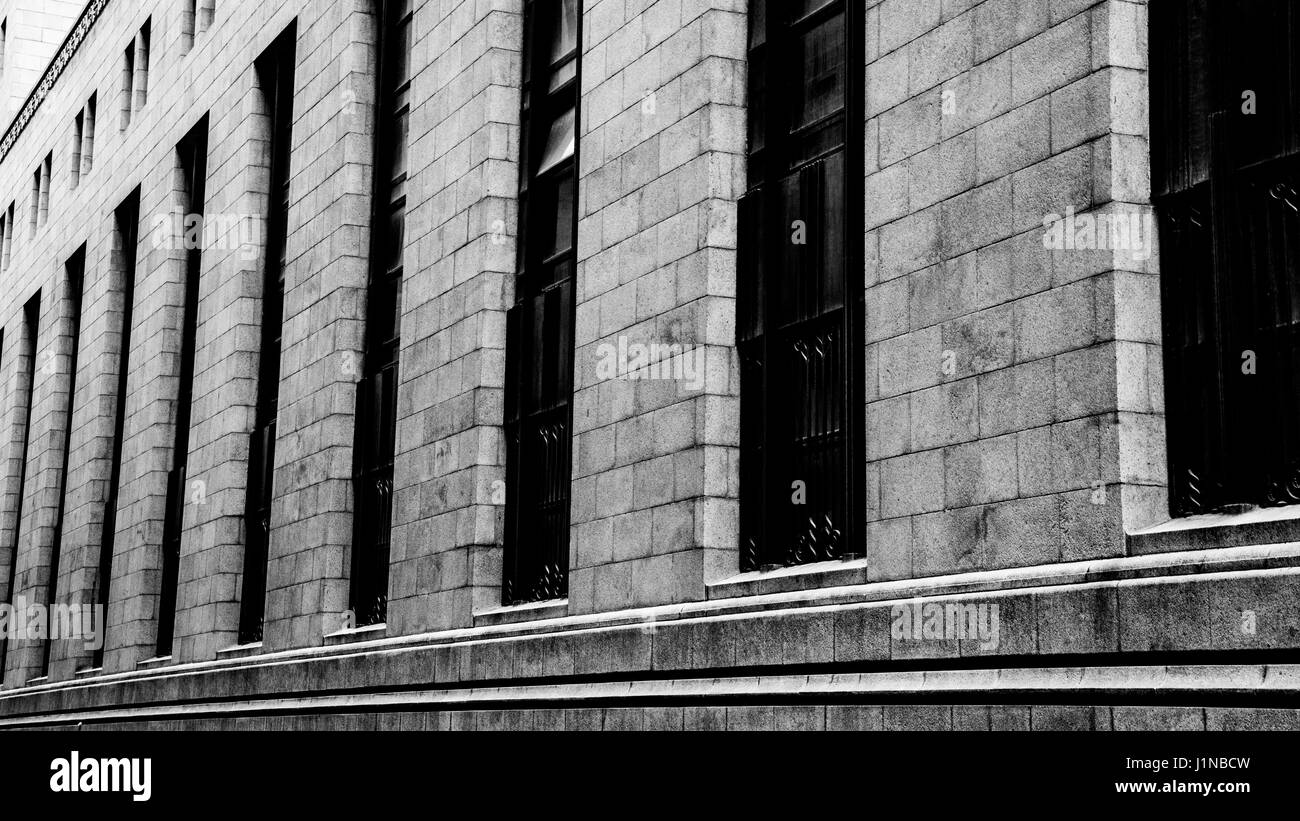 Architecture of Age 1930's near the bund on Dianchi Road Shanghai China Stock Photohttps://www.alamy.com/image-license-details/?v=1https://www.alamy.com/stock-photo-architecture-of-age-1930s-near-the-bund-on-dianchi-road-shanghai-china-138767577.html
Architecture of Age 1930's near the bund on Dianchi Road Shanghai China Stock Photohttps://www.alamy.com/image-license-details/?v=1https://www.alamy.com/stock-photo-architecture-of-age-1930s-near-the-bund-on-dianchi-road-shanghai-china-138767577.htmlRMJ1NBCW–Architecture of Age 1930's near the bund on Dianchi Road Shanghai China
 China Club Cocktail bar, 50 rue de Charenton, 12th arrondissement, Paris France, 2007 Stock Photohttps://www.alamy.com/image-license-details/?v=1https://www.alamy.com/stock-photo-china-club-cocktail-bar-50-rue-de-charenton-12th-arrondissement-paris-13923315.html
China Club Cocktail bar, 50 rue de Charenton, 12th arrondissement, Paris France, 2007 Stock Photohttps://www.alamy.com/image-license-details/?v=1https://www.alamy.com/stock-photo-china-club-cocktail-bar-50-rue-de-charenton-12th-arrondissement-paris-13923315.htmlRMAFEH3G–China Club Cocktail bar, 50 rue de Charenton, 12th arrondissement, Paris France, 2007
 China Club Cocktail bar, 50 rue de Charenton, 12th arrondissement, Paris France, 2007 Stock Photohttps://www.alamy.com/image-license-details/?v=1https://www.alamy.com/stock-photo-china-club-cocktail-bar-50-rue-de-charenton-12th-arrondissement-paris-13907692.html
China Club Cocktail bar, 50 rue de Charenton, 12th arrondissement, Paris France, 2007 Stock Photohttps://www.alamy.com/image-license-details/?v=1https://www.alamy.com/stock-photo-china-club-cocktail-bar-50-rue-de-charenton-12th-arrondissement-paris-13907692.htmlRMAFCXHH–China Club Cocktail bar, 50 rue de Charenton, 12th arrondissement, Paris France, 2007
 China Club Cocktail bar, 50 rue de Charenton, 12th arrondissement, Paris France, 2007 Stock Photohttps://www.alamy.com/image-license-details/?v=1https://www.alamy.com/stock-photo-china-club-cocktail-bar-50-rue-de-charenton-12th-arrondissement-paris-13924403.html
China Club Cocktail bar, 50 rue de Charenton, 12th arrondissement, Paris France, 2007 Stock Photohttps://www.alamy.com/image-license-details/?v=1https://www.alamy.com/stock-photo-china-club-cocktail-bar-50-rue-de-charenton-12th-arrondissement-paris-13924403.htmlRMAFEM9T–China Club Cocktail bar, 50 rue de Charenton, 12th arrondissement, Paris France, 2007
 China Club Cocktail bar, 50 rue de Charenton, 12th arrondissement, Paris France, 2007 Stock Photohttps://www.alamy.com/image-license-details/?v=1https://www.alamy.com/stock-photo-china-club-cocktail-bar-50-rue-de-charenton-12th-arrondissement-paris-13907583.html
China Club Cocktail bar, 50 rue de Charenton, 12th arrondissement, Paris France, 2007 Stock Photohttps://www.alamy.com/image-license-details/?v=1https://www.alamy.com/stock-photo-china-club-cocktail-bar-50-rue-de-charenton-12th-arrondissement-paris-13907583.htmlRMAFCX8G–China Club Cocktail bar, 50 rue de Charenton, 12th arrondissement, Paris France, 2007
 China Club Cocktail bar, 50 rue de Charenton, 12th arrondissement, Paris France, 2007 Stock Photohttps://www.alamy.com/image-license-details/?v=1https://www.alamy.com/stock-photo-china-club-cocktail-bar-50-rue-de-charenton-12th-arrondissement-paris-13923333.html
China Club Cocktail bar, 50 rue de Charenton, 12th arrondissement, Paris France, 2007 Stock Photohttps://www.alamy.com/image-license-details/?v=1https://www.alamy.com/stock-photo-china-club-cocktail-bar-50-rue-de-charenton-12th-arrondissement-paris-13923333.htmlRMAFEH4P–China Club Cocktail bar, 50 rue de Charenton, 12th arrondissement, Paris France, 2007
 China Club Cocktail bar, 50 rue de Charenton, 12th arrondissement, Paris France, 2007 Stock Photohttps://www.alamy.com/image-license-details/?v=1https://www.alamy.com/stock-photo-china-club-cocktail-bar-50-rue-de-charenton-12th-arrondissement-paris-13907651.html
China Club Cocktail bar, 50 rue de Charenton, 12th arrondissement, Paris France, 2007 Stock Photohttps://www.alamy.com/image-license-details/?v=1https://www.alamy.com/stock-photo-china-club-cocktail-bar-50-rue-de-charenton-12th-arrondissement-paris-13907651.htmlRMAFCXDT–China Club Cocktail bar, 50 rue de Charenton, 12th arrondissement, Paris France, 2007